Nikita Ivanov (GridGain): "We make spaceships"
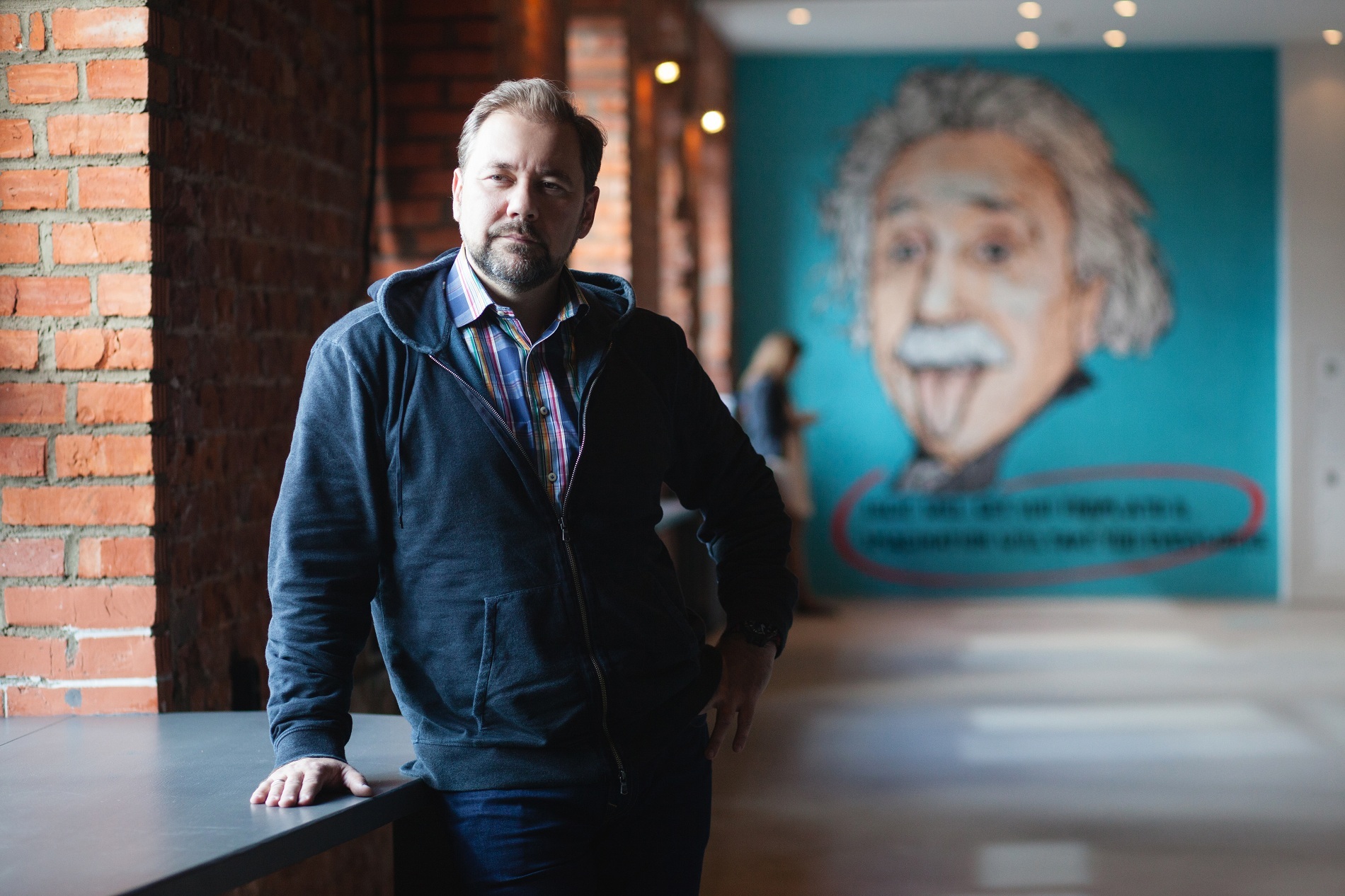
The company GridGain Systems, the developer of software solutions based on Apache Ignite, has provided customers with access to GridGain In-Memory Data Fabric solutions on the Microsoft Azure cloud platform. This will allow financial services companies to use the capabilities of Microsoft integrated cloud services to quickly deploy GridGain products and transfer calculations to the computer’s RAM.
According to IDC analysts, by 2019 the data market will grow by 50% to $ 187 billion. Real-time calculations have a separate value.
')
GridGain is one of the leaders in this segment. Being a small startup, the company managed to bypass major competitors and enter into contracts around the world. The reason for the success of the company - technological know-how? Or maybe just luck?
We talked about the difficult fate of a high-tech IT startup, about competition in the data market and its prospects with the company's founder and CEO Nikita Ivanov.
The traditional question. How did you come up with the creation of the company, how did the idea come about?
GirdGain develops in-memory computing software. We allow you to store and process data in computer memory. It is much faster than on disk. We allow it to be done in distributed mode, on more than 2,000 NODs.
I'll start from afar. I started working with in-memory computing about 17 years ago. Then there was a completely different economy, other rates of development. In 2000, I started working as the technical director of a Japanese company. There I began to create a prototype of what is today called GridGain. In this company, I met my partner, co-founder of GridGain, Dima Setrakyan.
In 2005, we decided to create our own company. The story of GridGain begins in 2005. And the first line of the code was written by me in the same year.
In 2010, we organized a company, raised the first investment here in the United States. Since then, a commercial company has formed around the project.
Your company is based in the USA. Some employees work in Russia. Why is that?
First, I studied at BSTU "Voenmech" in St. Petersburg. In the last courses I already worked in Germany, in Daimler-Benz. Then I passed the diploma and in two weeks I was already in America. The company is a purely American, standard American startup, with local money, management and everything else. We are in Silicon Valley.
As for Peter, here we have an engineering team. There are clear reasons for this. Programming is an area in which nothing is needed except the head, a book and a computer. There are bright heads both in the USA and in Russia ... But the bright head in St. Petersburg is cheaper than here. We can rather comfortably work with Peter so remotely, because both me and my cofounder, and the main technical management are Russian-speaking. It’s easier for us to work with Russia than with China, Eastern Europe, etc.
Your colleagues (founders of other companies), who also worked in the USA and Russia at the same time, said that they like to hire employees who in the past participated in programming contests. How do you feel about this, given that in St. Petersburg one of the most powerful teams?
Well, how many guys? We do not want to compete with Yandex and other giants who take them for any money. I myself am from 521 schools in St. Petersburg. The specifics of what we do is very interesting. What we do, in Russia, no one can. There are no people who have the experience we need, even in the Valley. Therefore, it is useless to look for someone in Russia. Everyone who has the knowledge we need is already working in our company.
We just take intelligent specialists and try quickly (within 8-12 months) to teach them what we do. It is easier for us to take people who are psychologically suited to our interests and quickly develop them. This is my rather hard principle. Naturally, there are some basic knowledge that is required to work with our product: we develop in Java, develop in Scala. Basic skills are required. Often, people come with a fairly serious experience in the background.
I hate divas on the technical team. Here in the management of the case may be a little different.
Why did not you continue to work as a programmer for hire, and organized your company?
There are different types of people. Living in California, you can have a much more relaxed and prosperous life, just working for someone. Works here a huge amount. If the head is, pay very well.
I'm bored enough to work for someone. I have a lot of ideas. There are more ideas than time. I almost always work on several projects. GridGain is the most successful of them at the moment.
It's hard to say why I did it. There are some ideas, if you want to do something of your own - you start to do it.
You said that there are few ready-made specialists to work in GridGain. Therefore, there are probably few competitors, especially startups competing with you?
Partly yes. This is not some kind of social network or toy on the phone. What we are doing is a rather high-tech thing. It took us 10 years to raise our project to its feet. Think about it, 10 years of your life! Not only as a business, but also as a technology.
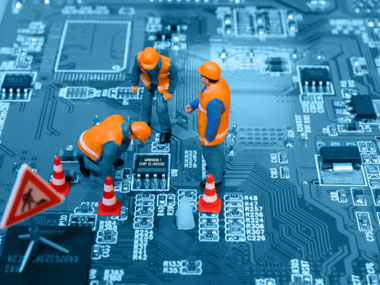
We really have very few competitors, this has its advantages. But on the other hand, it is very bad for business. Business can not tolerate complex, difficult, knowledge-intensive solutions. This is not an academy, where you can sit all your life and solve equations. In business, you need to do everything quickly enough.
We make "spaceships" that very few need. In business, almost everything is built on luck. We were lucky. In 2005, this market was microscopic: it was necessary for Wall Street, it was necessary for London and certain projects in defense. More, perhaps, to no one.
But over the past 3-4 years, the situation has changed dramatically. 64-bit processors appeared in almost every telephone. The cost of the memory, where GridGain allows you to store data, fell great. Now you can go to Amazon and buy a computer with a terabyte of memory. There were powerful systems from manufacturers such as Fujitsu or Hewlett Packard, with 64 TB of memory on one computer. That is, a whole range of various in-memory hardware has appeared, and the price per megabyte of memory has dropped significantly.
Interest in these technologies has increased greatly. Everyone understood that data can be stored in memory, it becomes economically accessible, there is the necessary software for this. We hit this wave. Successfully hit. Our market is growing, we grow with it.
The scientific component of the technology carries with it certain difficulties for our business. We cannot reflect the cost of development in the pricing of the final product.
It is not easy to find people in the team, but we are moving. This is not a project where huge support is needed. Now we have about 60 people. We are still a startup.
Which companies were your competitors at the beginning and who are they now?
The number of competitors decreased over time, oddly enough. Someone did not live, someone bought, someone does not understand where it is. When we started, Oracle Coherence, Gigaspace competed with us. Later Terracotta appeared, but then it was bought, and she died.
Now Coherence, we very often replace everywhere. Of the new companies, Hazelcast is our competitor, well, SAP HANA. The numbers themselves are very small: we do not have a dozen competitors.

If you ask Gartner, they will say that it takes 5-7 years to develop such software. It is just to release a product. But you still need time for business development. Therefore, it is unlikely that we have, for no reason at all, many new competitors. This will not happen.
How do investors react to your business? Surely, they were waiting for some result, and the specifics of the project implies a slow pace of development.
Our investors are very different - the Leonid Boguslavsky Fund, Almaz Capital, Sberbank. Soon we hope to get more Chinese and American investments. But we ourselves did not try to find them.
When we attracted the first money, our software in the world was launched every 10 seconds. Despite its complexity and narrow focus, even then we achieved a quite impressive scale.
At that time, by the way, I simply "lived" on the plane. I traveled all over the world, attended various conferences, I told everyone about the possibilities of technology and showed our product.
The first money raised (seed) is usually enough only to “get out of the garage,” to rent an office. At first, we all worked literally from our bedrooms.
I always cite as an example how we sold our system to Apple about 7 years ago. I remember that I had a telephone conversation with the director of projects at Apple, while in the bedroom with a laptop on my lap. We did not have an office. The family was in one room, and in the other I was negotiating with him. So everyone worked. Anecdotally, it all looked at first.

And then everything began to develop. There were a lot of problems. We made a huge amount of mistakes at first. Actually, like everyone. I am convinced that mistakes are normal. The main thing is not to make mistakes that can just kill the company. We were lucky. We were close to this, but still could not make them. Then we raised the second, third round, found the right management.
At each stage of business, investors are interested in different things. At the first stage, they are interested in technology and favorable market conditions. Then, of course, business results.
More recently, a cooperation agreement with Sberbank has been concluded. Will you continue to work with them in this direction?
It is now difficult for us not to work with them: Sberbank has become our investor. Sberbank is a unique example. Although with Barclays, we have a very similar use case: the global transition to GridGain. Sberbank also fully translates IT infrastructure to GridGain. The task is very complex, in my opinion. It requires tremendous efforts on both sides - Sberbank surpasses all our customers in its scale, which is why a large number of new platform requirements appear in the implementation process.
Moreover, the formalization and implementation of these requirements can only be done jointly - the experience of each of the parties is important. 2017 will be for us under the sign of the transfer of a GridGain-based support solution, which will require additional refinement of the existing resiliency mechanisms. Now we are focused on developing GridGain In-Memory Data Fabric together with Sberbank to achieve a common goal.
Sberbank has a very ambitious plan, and I have worked with many banks in the world. After talking personally with Gref and his top management, we concluded that, paradoxically, Sberbank is a very advanced bank in terms of technology. At least in terms of their ideas and plans. Yes, not all of them are implemented yet. But I did not meet a more modern and advanced bank, which is simply amazing for Russia.
You have Tinkoff, who is considered to be more technologically advanced, but it is much smaller, and compared to Sberbank it is a microscopic bank, and it’s easier to do anything.
Yes, of course, we will closely work with Sberbank in the future. We did not just sell our software and received money.
In the case of Sberbank, we must pay tribute to Gref, because he is an extraordinary person in this sense. Sberbank is a rare case when we talk to people about our technologies, and they understand us perfectly. Usually this never happened in Russia. Why did we not have sales in this country before? Nobody needed this here. Sberbank is the first company that not only realized that it was needed, but also managed to find us. We passed a huge competition.
I will not ask why you won. I will ask in another way: why are you increasingly replacing competing products now? What are your technology benefits? Or is it about marketing?
No, it's not about marketing. We closed a major deal with Sberbank by phone and email. We did not have a single person in Moscow. I met Gref for the first time when we already signed a cooperation agreement.
3-4 years ago they contacted us. Again by phone. They said that they are studying the in-memory computing market and would like to take a closer look at us too. We agreed in principle and forgot about all this. At that time in Russia we had no one, we did not work with her, she was not interested in us.
But they began to communicate with us further. A year and a half later, Sberbank bought from us a license for a small project. Then we began to work with them more actively, to wonder what was happening with them there. But despite this, we still did not have any focus on Russia.
A year and a half ago, representatives of Sberbank contacted us again, who said that a tender was being planned. So they were going to find software for their new projects. Then we are already talking about the global transition to in-memory computing.
We agreed to participate in this tender. There were many companies involved, including giant corporations. A lot of documentary work has been done.
It seemed to me that our chances were practically nil, because in Moscow we had no one at all. We could arrange all the papers, send them there. Knowing how business is conducted in Russia (especially at this level), we did not hope for anything. But do not be lazy, did everything and sent.
Then there was the most interesting thing: within three months we learned that we entered the top three finalists. Very close work began with Sberbank. It turned out that the results of the work of GridGain products, which we provided, were several times faster than those of competitors. We were asked to come to Moscow.
We showed them what we did. At one of the tests on 10 blades (standard Intel blades), the total capacity of which was 1 TB of memory, we reached a billion financial transactions per second. All this "iron" is worth about $ 20 thousand today. We have exceeded the performance of competitors by almost 100 times. Naturally, this could cause Sberbank to distrust.
Then we spent another six months trying to convince us that this could be done on the basis of open source. We are an open source company and are based entirely on Apache Ignite. GridGain is a small add-on above it.
We must pay tribute to Gref and his team: they understood what an open source company is and decided that with a certain amount of risk they could rely on a startup. Banks are usually very conservative companies.
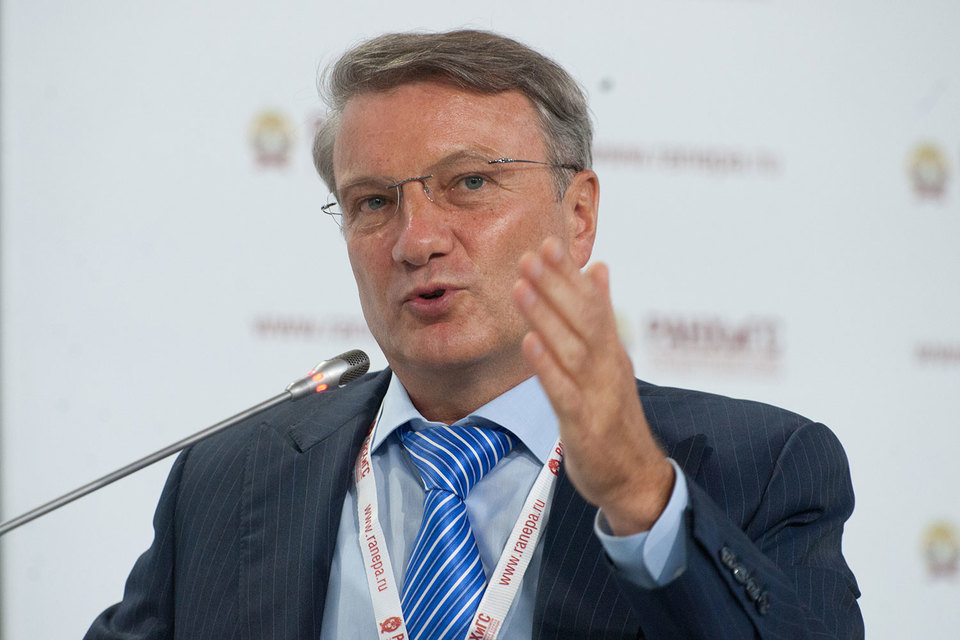
We won the tender. Sberbank invested in us. Probably, including in order to make sure that our startup does not go anywhere. We have provided them with a much better, more promising technology, which is much cheaper than its competitors.
If possible, tell us about the open source story in more detail. One source said that in 2014, GridGain “donated” Apache its core database.
The word "sacrificed" is inappropriate here. Nobody donated anything. No donation was here. GridGain has been an open source product all its life. All that has changed is the license itself, under which we distributed this product: first there was the GPL, then the LGPL, then there was Apache. And we thought why we just took the Apache license, we need to join the Apache organization. And one of the key moments when joining this organization is the change of the project shareholder. Therefore, it is sometimes referred to as donation. The term, of course, is a bit strange.
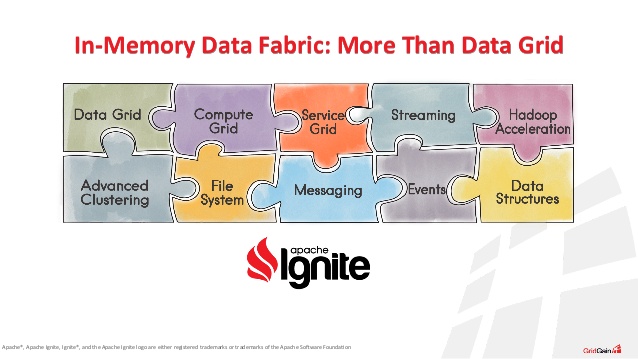
The advantage of the Apache Foundation is that it allows you to create a large community. This is a big plus. Everything else - cons (laughs). We are part of Apache, we are in the same "family" as Hadoop, Spark, and so on. In the top-level projects, we are the second after Spark, because we are already in Apache as a healthy, adult project.
What about future plans?
There are many plans, but it all depends on how in-memory computing technology will be developed. And here we are, as they say, go with the flow. Now is a very interesting time for us.
What is in-memory computing? These are technologies for storing and processing data in computer memory. In the 50s there were tape drives. The first such drive was released by a company that previously produced guns. She saw that a new market was emerging and launched a product. Then there were hard drives. Towards the end of the 90s, Toshiba released flash memory. External drives have evolved, and their capacity has increased all the faster.
But flash gets slow and has its problems. Where else can you store data? There are other types of memory inside the computer. Yes, you can store data in RAM.
Now we have used all the possibilities for external storage and internal. In-memory computing is the model for which we will work until we fundamentally change the architecture of our computers. This is the last stage. There is nothing behind him.
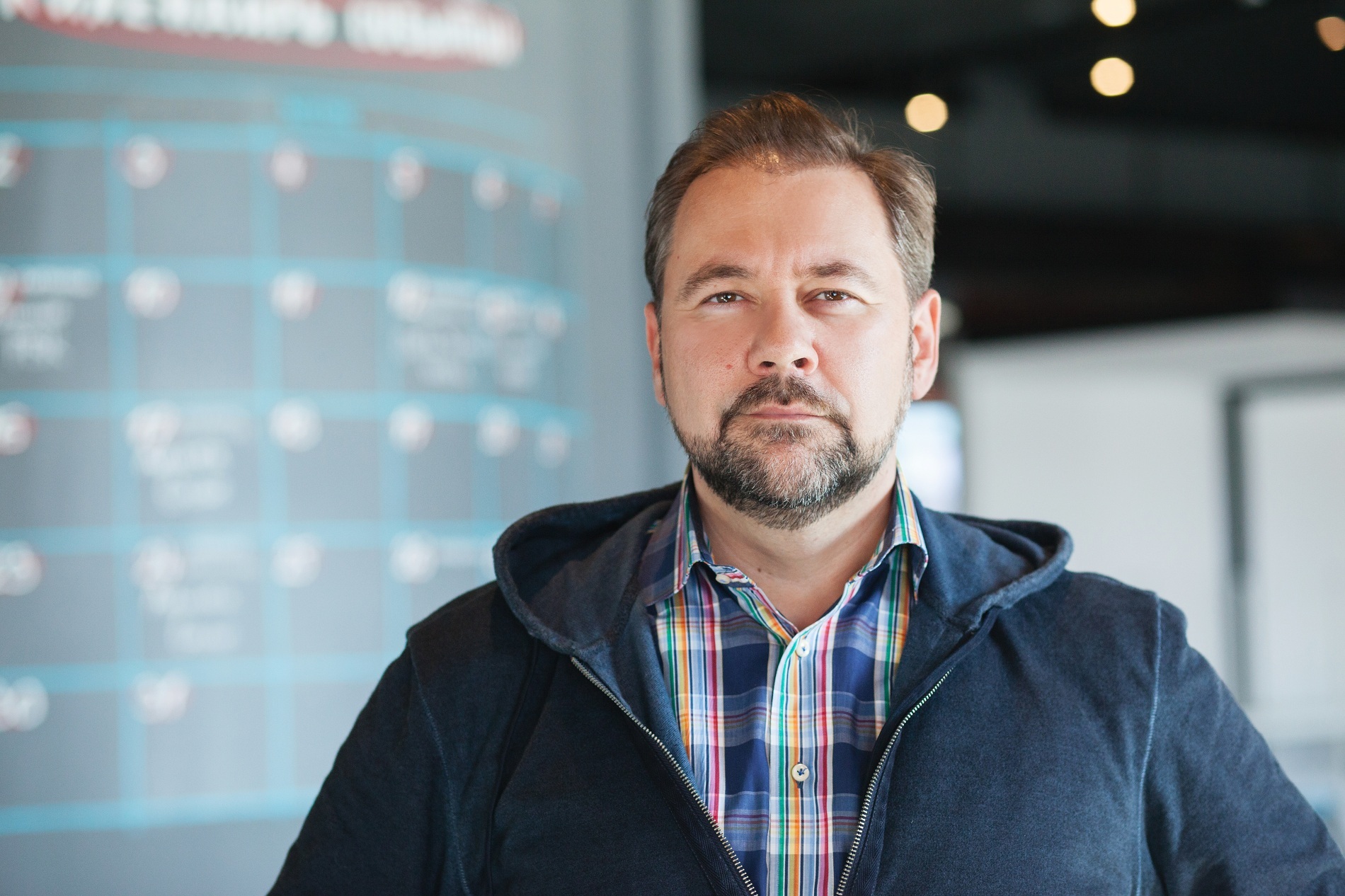
There is also a business component. Who only does not produce drones now: Apple, Uber. Each garage makes its own unmanned vehicles. In enormous ways, technologies for processing a huge amount of data are being developed - NLP-processing, cognitive computing.
In most cases, this is real-time processing. Another example: a chip is inserted into the human body. It sends the body status data to the provider. That is, it can prevent diseases: analyze the blood, pulse, and so on. This is a huge market. A billion, if not a trillion, market.
Maybe today Sberbank does not need these technologies at all. But they understand that in 10-15 years, the current technological base will lead the bank to collapse: it will not withstand any competition.
I believe that we are in a very favorable position. We are leading in the market, despite the fact that we are a small startup. The prospects here are only bright.We have projects related to unmanned vehicles, projects to recognize human speech, and cognitive computing.
If 2-3 years ago they were isolated stories, then in 2-3 years there will be dozens or even hundreds of such projects.
We want to make our technology evolve constantly. Then we will be able to fully approach all the challenges of the market.
Source: https://habr.com/ru/post/310718/
All Articles